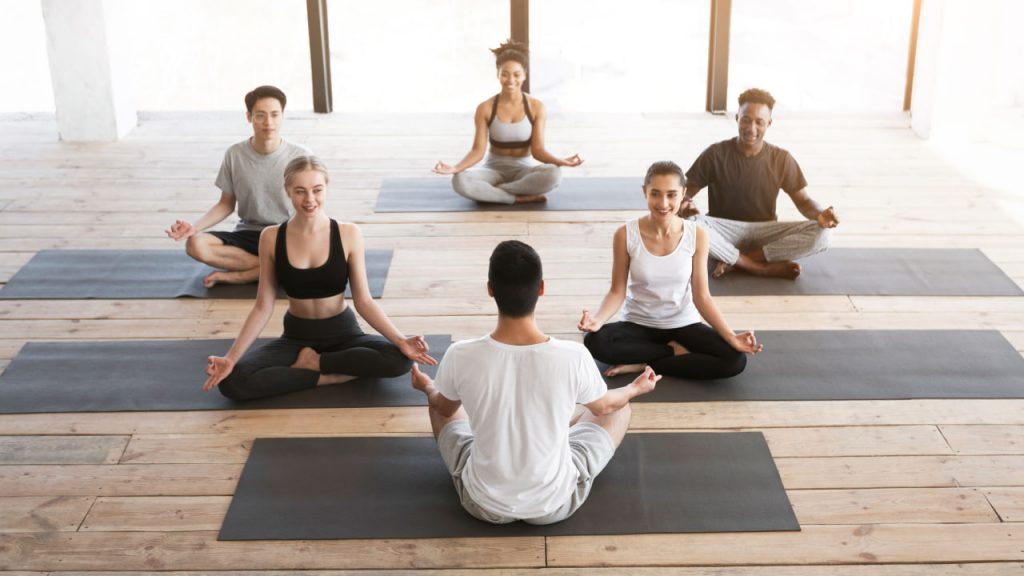Many people turn to yoga to improve flexibility, strength, and overall wellness, but they often overlook an essential aspect of the practice—meditation. While yoga poses (asanas) are crucial for physical health, meditation offers equally powerful benefits for mental and emotional well-being. Together, yoga and meditation create a holistic practice that promotes complete health.
The Power of Meditation in Yoga
Meditation is an ancient practice that involves focusing the mind and calming the body. When incorporated into your yoga routine, it enhances the experience by deepening the mind-body connection. Meditation helps calm the mind, making it easier to focus on your practice and find a sense of inner peace, even when life is chaotic.
Mental Clarity and Emotional Balance
One of the greatest benefits of meditation is its ability to improve mental clarity. In the same way yoga poses open up the body, meditation opens up the mind. By practicing mindfulness and focusing on your breath, you release mental clutter and stress. This can lead to better emotional balance, as meditation helps you detach from negative thought patterns and cultivate a more peaceful state of mind.
Physical Benefits of Meditation in Yoga
Though meditation may seem like a purely mental practice, it has physical benefits as well. When you meditate, you slow down your heart rate and activate the body’s relaxation response. This can lower blood pressure, reduce muscle tension, and help you recover faster after intense yoga sessions.
Integrating Meditation with Yoga
The great thing about meditation is that it can be practiced at any stage of your yoga session. Some practitioners prefer to begin with a short meditation to center themselves before starting asanas. Others find it helpful to meditate after their yoga flow, allowing the body to absorb the benefits of the poses and the mind to relax completely.
Here are a few tips for integrating meditation into your yoga practice:
- Start with Short Sessions: If you’re new to meditation, start with just a few minutes at the beginning or end of your yoga practice. Gradually increase the duration as you become more comfortable.
- Focus on Your Breath: One of the simplest forms of meditation is focusing on your breath. As you breathe deeply and slowly, allow your mind to quiet down. If thoughts arise, gently guide your focus back to the breath.
- Use Guided Meditation: If you’re unsure where to start, try a guided meditation. Many yoga classes offer meditation sessions or audio recordings to help you stay focused during your practice.
In Conclusion
While yoga focuses on physical movement, meditation focuses on mental stillness, and together, they provide a powerful tool for cultivating overall wellness. By incorporating meditation into your yoga routine, you’ll find it easier to maintain mental clarity, reduce stress, and enhance your overall sense of well-being. Whether you are looking to deepen your yoga practice or simply find peace in your daily life, the combination of yoga and meditation will serve as a perfect partnership for a balanced lifestyle.

